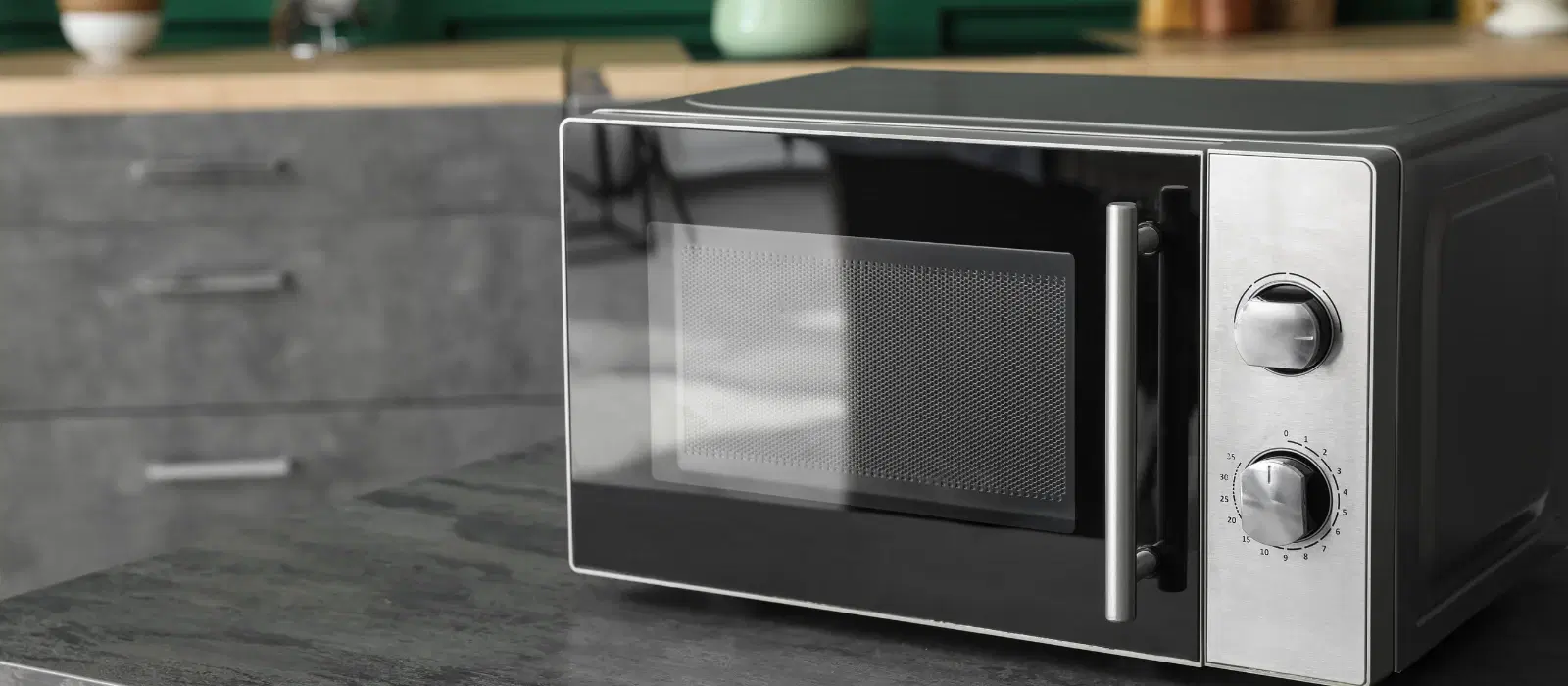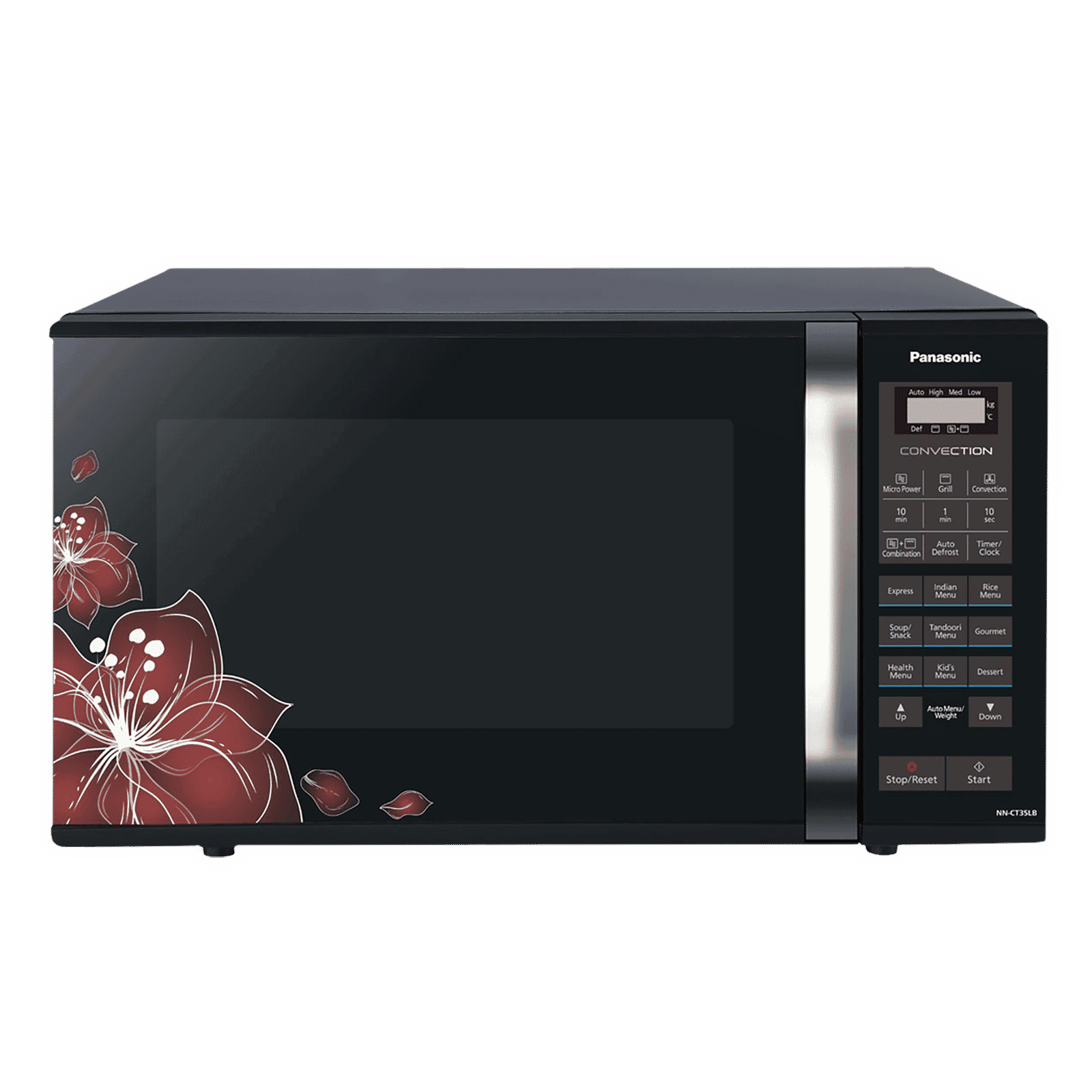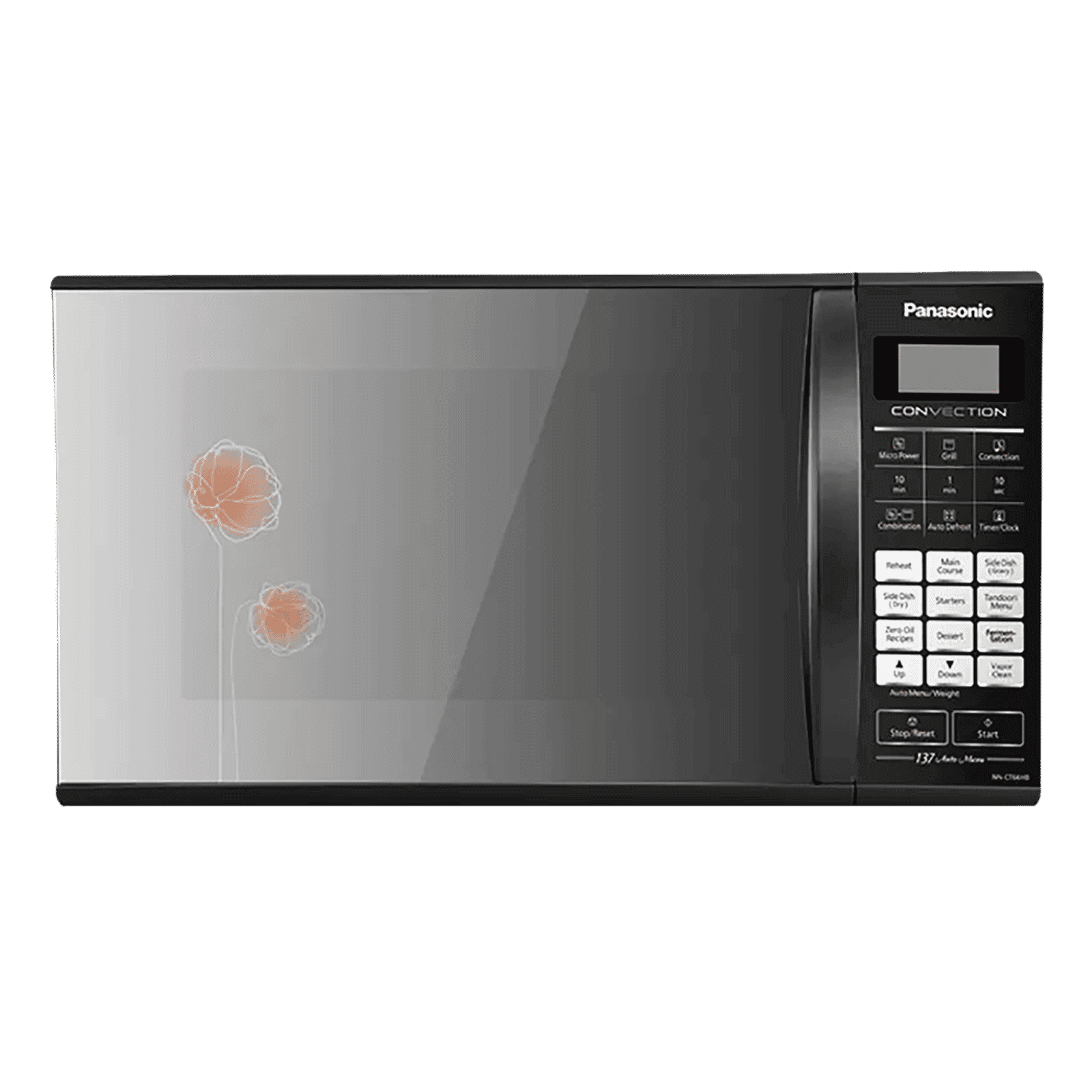
Home Appliances
•05 min read

Buy IFB 30FRC2 30L Convection Microwave Oven with 101 Autocook Menus (Black Floral) online at best prices from Croma. Check product details, reviews & more. Shop now!
Finding the perfect microwave oven isn’t just about style or the latest features—it’s about ensuring it fits seamlessly into your kitchen space. When planning a kitchen makeover or replacing an old microwave, understanding microwave oven measurements is essential. In this guide, you will learn how to measure for a microwave oven, compare standard microwave dimensions with specialty sizes, and understand the space requirements for different types. Whether you’re shopping for a countertop, built-in, over-the-range, or compact microwave, this checklist is designed to simplify your decision-making process.
One of the most common pitfalls when purchasing a new microwave is installing one that’s either too large or too small for the intended space. Many shoppers have faced the inconvenience of returns or the costly hassle of rearranging their kitchen layout. Accurate measurements eliminate these issues, ensure proper ventilation, and save money in the long run by preventing installation mistakes and the need for returns.
Understanding the unique sizing requirements for the various types of microwaves is pivotal. Whether you are considering a countertop microwave for its flexibility, a built-in model for a flush kitchen set-up, or an over-the-range option to combine style with functionality, each type comes with its own measure of challenges. Knowledge of standard microwave dimensions reinforces better decisions, ensuring that your choice aligns with your kitchen’s spatial limitations.
Standard microwave dimensions generally refer to measurements such as width, height, and depth. Typically, you might find values in inches, centimeters, or millimetres that reflect the overall size of the unit. A typical countertop microwave could measure around 24-30 inches in width, 14-18 inches in height, and 15-20 inches in depth, providing ample cavity space while still being compact enough for a variety of kitchen layouts. The same concept applies to built-in and over-the-range microwaves, though the dimensions might slightly differ to accommodate installation requirements.
Below is a simple size chart to give you a visual comparison between standard microwave dimensions and compact microwave sizes:
Type | Width | Height | Depth |
|---|---|---|---|
Countertop | 24-30 inches | 14-18 inches | 15-20 inches |
Built-In | 24-30 inches (varying with cabinet size) | 14-18 inches (customised) | 15-20 inches |
Over-the-Range | 24-30 inches | 15-19 inches | 15-20 inches |
Compact | 20-24 inches | 12-14 inches | 12-15 inches |

Buy Panasonic 23L Convection Microwave Oven with 61 Autocook Menus (NN-CT35LBFDG, Black Floral) online at best prices from Croma. Check product details, reviews & more. Shop now!
Measuring correctly for a microwave oven is a straightforward process that can save you from many potential headaches later. Begin with determining the width of the available space or cutout provided in your kitchen. Once you have the width, move on to the depth, ensuring that there’s enough clearance for proper ventilation. Finally, measure the height, accounting for any limitations imposed by cabinets, shelves, or wall spaces.
Expert Tip from Tata Neu!
Always leave 2-3 inches of clearance around the microwave for proper ventilation and heat dissipation. This extra space ensures safety, efficiency, and longevity of the appliance.
When planning your space, remember that it is not only the dimensions of the microwave that matter, but also the additional space required for airflow and door clearance. Built-in microwave dimensions require special attention since custom cabinetry can limit flexibility. Conversely, countertop microwave measurements allow for versatility in placement, making it easier to achieve optimal functionality in your kitchen layout. Proper measurement helps you avoid any cramped installations that could affect performance.
Compact or small microwave dimensions are ideal for settings like dorm rooms or small apartments where space restrictions are paramount. Their smaller footprint makes them perfect for tight spaces without compromising on essential features. While these models offer less cavity space, they still deliver reliable performance for everyday use.
For kitchens designed with custom cabinetry and a seamless aesthetic, built-in microwaves are an excellent option. Precise measurements are crucial for these models, as even a slight miscalculation can result in installation challenges. Built-in microwave dimensions typically require you to factor in both the appliance size and the surrounding structure to ensure a perfect fit.
Countertop microwaves provide unmatched flexibility in placement. They can be moved easily and adjusted to suit your cooking practices. When considering countertop microwave measurements, it is important to remember that they offer a broad range of sizes. This flexibility ultimately allows you to choose a model that not only fits your available space but also meets your cooking needs and lifestyle requirements.
When evaluating microwave options, a clear size comparison helps in assessing which model is best suited to your needs. Comparing countertop, built-in, over-the-range, and compact models is essential for understanding the subtle differences in dimensions. For instance, while a built-in microwave might offer a sleeker profile for a flush installation, a countertop model might provide a larger internal capacity, making it more versatile for various cooking tasks. Such a microwave size comparison empowers you to make informed decisions based on your unique kitchen layout and cooking habits.

Buy Panasonic 27L Convection Microwave Oven with 137 Autocook Menus (NN-CT66HBFDG, Black) online at best prices from Croma. Check product details, reviews & more. Shop now!
Your choice should be guided by factors such as family size, daily cooking routines, and the spatial arrangement of your kitchen. Questions like, "Is there a big difference between 1.7 and 1.9 cu ft microwaves?" can often be answered by examining the overall volume and internal dimensions rather than focusing solely on one aspect. A detailed evaluation of microwave height and width alongside its microwave depth guide ensures you have a complete picture. Understanding the space requirements for microwaves paves the way for a choice that balances both form and function.
A 1.1 cu ft microwave typically measures around 21 inches wide, 12 inches high, and 16 inches deep, though actual dimensions may vary by model.
Standard microwave dimensions generally fall within the range of 24-30 inches for width, 14-18 inches for height, and 15-20 inches for depth.
Measure the width, depth, and height of the intended installation space, leaving additional clearance for proper ventilation and door swing.
Yes, compact microwave sizes are smaller and usually require less ventilation space, making them ideal for tight areas.
Built-in microwave dimensions often require precise cabinet cutouts and fit seamlessly into custom cabinetry, while countertop models offer more flexibility in placement.
In summary, accurate microwave oven measurements are not just a technicality but a key factor in a smooth installation and optimal appliance performance. Whether you opt for a standard, compact, built-in, or countertop microwave, ensuring the right fit can make all the difference in achieving a functional and aesthetically pleasing kitchen environment. By following this essential checklist and keeping in mind the simple steps outlined, you'll be well-prepared to make a smart choice that serves your cooking needs efficiently.
This guide is designed to empower you with clear, value-driven insights that complement the convenience and support you enjoy when shopping with trusted platforms. Remember that every measurement matters and with careful planning, your next microwave purchase could be your smartest yet.